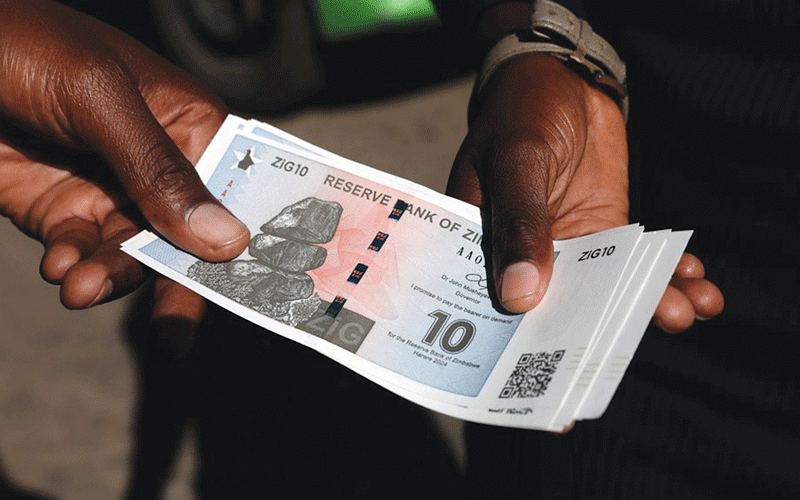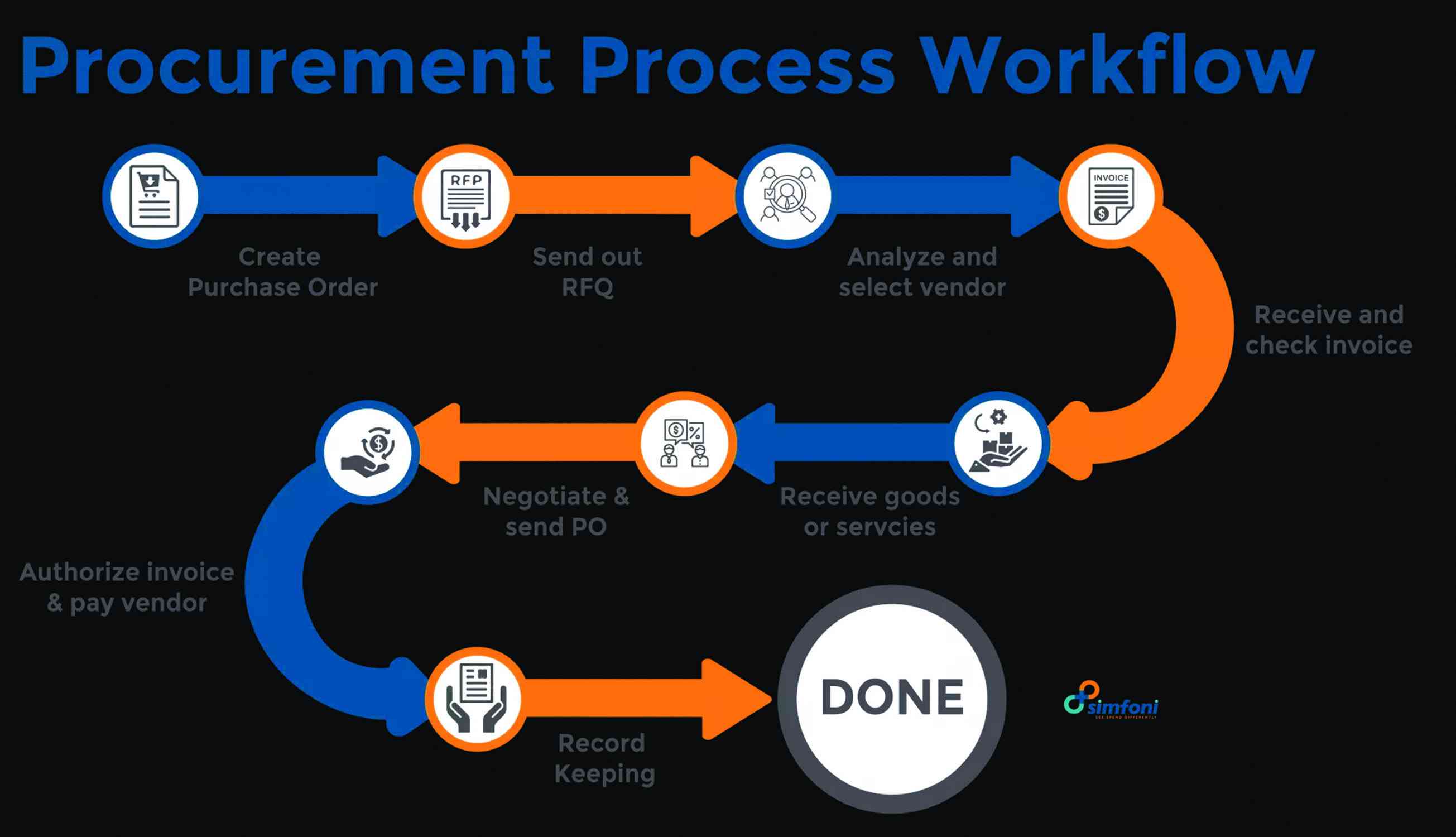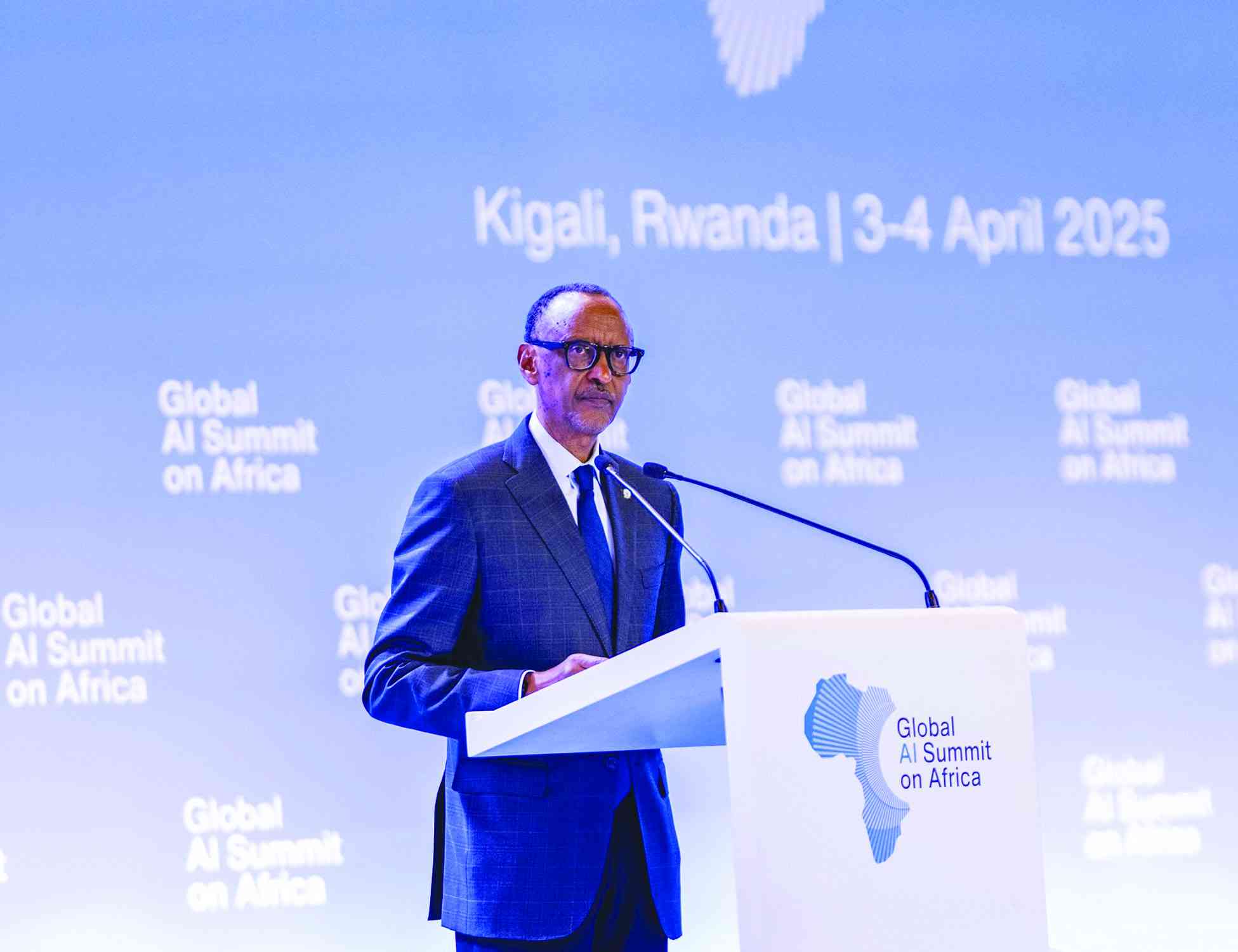
THE concept of the first 100 days is quite popular in the political circles, with most presidents judged on their performance over that period.
Whether a currency naturally qualifies to be part and parcel of politics can be debated all day long, but at least we can borrow the concept nevertheless to assess the performance of the gold-anchored currency.
The Zimbabwe Gold (ZiG) was introduced in the 2024 Monetary Policy Statement in early April 2024, a few months after the appointment of a new governor had been announced, marking the end of the Zimbabwean dollar era.
ZiG's claim to fame was the “structured currency” connotation, which was then explained to mean the fact that it would be backed or anchored by a basket of commodities and currencies, with gold being one of them.
I deliberately used “backed or anchored” to express the various views that economic agents still hold to explain the relationship between the currency and the underlying.
At the risk of diverting from the actual matter at hand, if the currency is backed, the currency in circulation cannot exceed the reserves whereas in the latter case, anchoring just speaks of a relationship that is not well defined.
Anyways back to the subject matter, money is generally judged on the four basic functions, which are unit of account, medium of exchange, standard of deferred payment and store of value. However, for this article, we will make some small adjustments to our judgement criterion. In analysing the performance of the ZiG so far, we will look at four slightly different clusters, which are availability, acceptability, convertibility, and stability.
Availability
- So, is it a currency?
- Treasury speaks on Monetary Policy Statement delay
- CZI jittery over monetary policy delay
- Navigating Zim’s new monetary frontier: A profound analysis and real estate implications
Keep Reading
In this cluster, we are interested in finding out if the currency has managed to flow into various parts of the economy. By the time ZiG was introduced, at least 80% of the country was now transacting in foreign currency, and the goal was to reduce that to 70% by the year-end.
For this goal to stand any chance the ZiG should be available for the economic agents to use. The ZiG currency has both the physical notes and coins, and the electronic balances.
The disbursement of the former could have been done better, starting with the 21-day lag that was between the announcement and circulation.
Even after that period, the notes and coins are yet to fill in all the pockets of the economy, with some economic agents claiming that they have never physically held them to date.
One might want to argue that injecting too much currency is inflationary, but there is a fine line between maintaining financial discipline by matching the currency in circulation and the underlying reserves and suffocating the economy. The challenge with the latter is that it slows down economic growth and in Zimbabwe’s specific scenario it promotes dollarisation.
Acceptability
Acceptability, which is self-explanatory, speaks to the willingness of economic agents to use the currency. In all fairness, given the historical currency background in this country, this cannot be achieved overnight.
However, there is a dire need for this to be stimulated by various macroeconomic policies, some of which are already being implemented, such as accepting taxes in the local currency.
I am not convinced that forcing tax payments in local currency is the best way to go about it, but creating a genuine incentive for taxpayers to use the currency considering that this is a long-term solution.
Government institutions with the exception of a few have been excellent in accepting the currency and the biggest challenge is now to convince, not force, the private sector to do the same.
Convertibility
Perhaps this is where the biggest challenge is. If you walk into a bank with your United States dollars, you can easily get ZiG but for some funny reason, that process cannot be done if you are holding ZiG.
I think as long as an ordinary person cannot walk into a bank or Bureau de Change with their ZiG and walk out with foreign currency, the ZiG will have major challenges and will struggle to get the public confidence.
Failure to do so gets people asking if the currency is fully backed because convertibility should not be an issue if the reserves are there.
Borrowing from Zambia’s experience, although the circumstances might have not been exactly the same, the convertibility of the kwacha to USD helped to inspire confidence amongst the locals and after confidence, the demand for USD decreased, as speculators left the market.
Stability
In this cluster, using the official numbers published by the central bank one might be likely to conclude that ZiG has done fairly well. Done well in the sense that, unlike its predecessor, the ZiG has been able to fluctuate up and down, and its volatility has not been as loud as the Zimbabwean dollar.
However, looking at the alternative market, a completely different argument could be made with black market rates already as high as ZiG21 per dollar when the official number is under 14.
This disparity will need to be corrected, not by arresting the participants in the alternative market but by ensuring that the official exchange rate is truly market-determined.
I use truly to highlight that we have had previous ‘market determined’ rates like the foreign currency auction rate which had its challenges.
In conclusion, the ZiG still has a chance to do well.
It is definitely not doom and gloom, but there are red flags that might pose challenges and undermine it just like the Zimbabwean dollar.
These challenges include failure to be convertible as articulated earlier, failure to convince participants to demand and use it and the differences in exchange rate. If those issues are addressed I opine that the ZiG will make it.
- Hozheri is an investment analyst with an interest in sharing opinions on capital markets performance, the economy and international trade, among other areas. He holds a B. Com in Finance and is progressing well with the CFA programme. — 0784 707 653 and Rufaro Hozheri is his username for all social media platforms.










